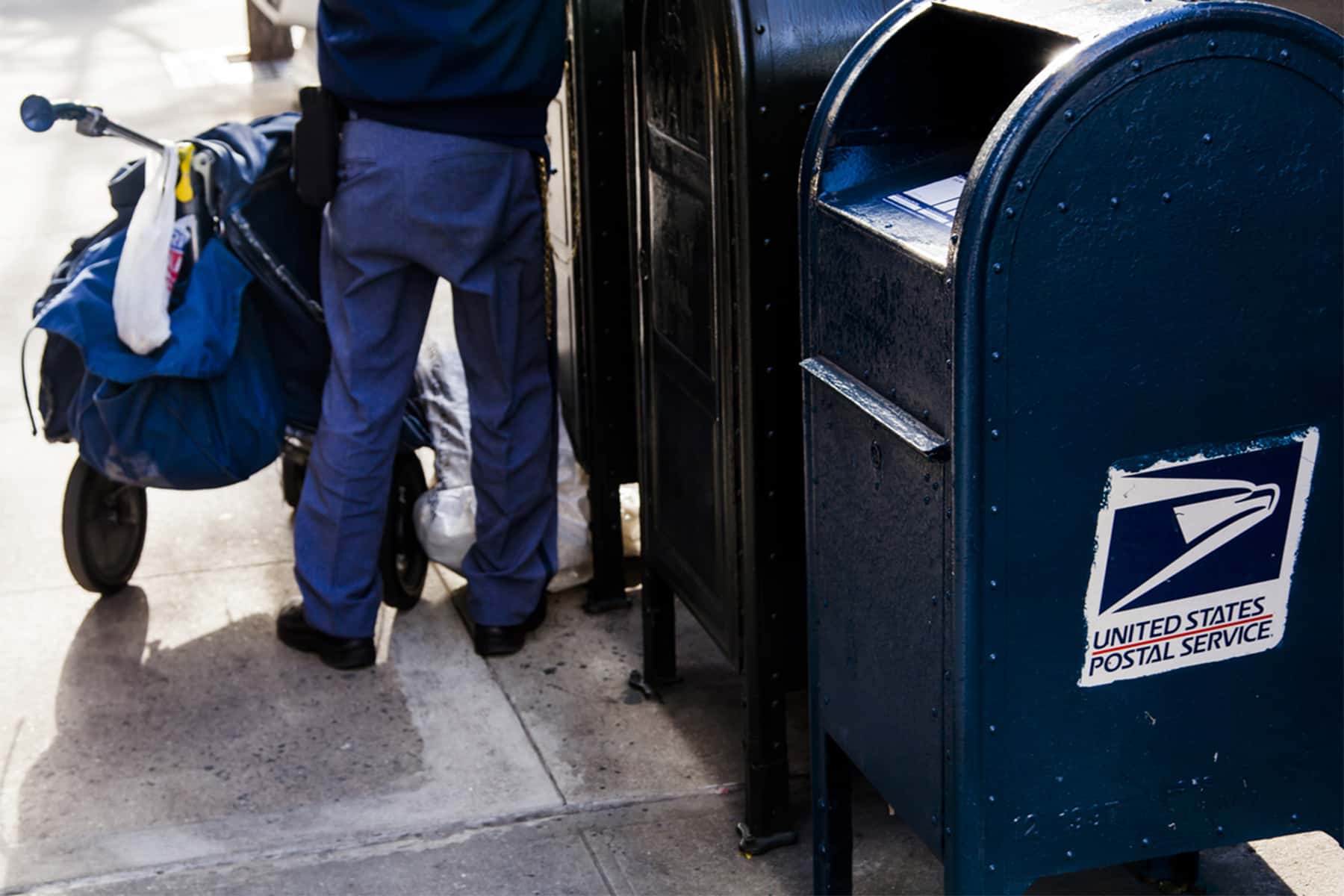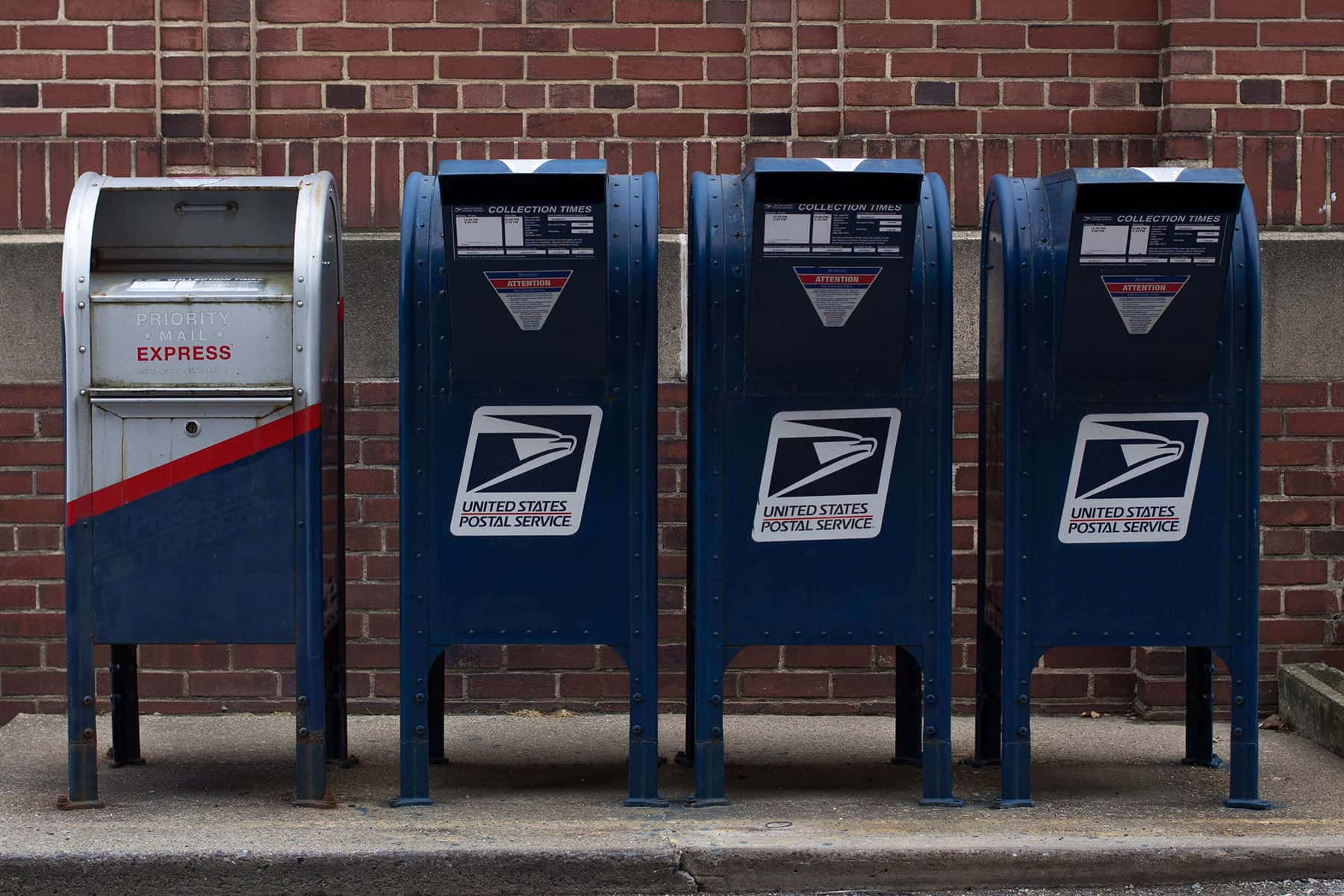
The U.S. Postal Service is playing a more vital role than ever in our country’s public health and economy during the Covid-19 pandemic. Postal workers have performed extraordinarily well in handling the skyrocketing demand for home deliveries of essentials, from medicine to food.
This unprecedented package boom has reduced but not eliminated USPS financial losses caused by crisis-related reductions in mail volume and increased costs. It has also put additional strain on an outdated USPS postal delivery fleet.
There is growing bipartisan support in the U.S. Congress for a postal relief bill, which is urgently needed to prevent a postal shutdown and ensure that USPS can continue offering critical services during the crisis and into the future.
Under revised forecast, USPS pandemic-related losses remain severe
While economic forecasting is extremely difficult in this uncertain period, USPS recently responded to a Congressional request to update its financial projections. Based on new data, they maintain that a liquidity crisis is “inevitable” in the next 18 months and could strike the agency as soon as March 2021, depending on the pace of recovery.
USPS estimated losses based on two scenarios for package volume. If that volume returns to pre-Covid-19 levels, USPS estimates it will see $17 billion in pandemic-related losses during the 2020-2021 period and $50 billion over the next decade. If package volume remains at 15 percent above pre-coronavirus levels, the pandemic-related loss is expected to be $7 billion for 2020-21 and $17.3 billion over the next decade.
Why the package boom is a mixed blessing
- Revenue from shipping and package services rose by 38.0 percent in April and an astounding 57.6 percent in May, compared to the same monthly periods in 2019. This incredible achievement demonstrates the ability of USPS workers to adapt quickly to changing needs — more than many for-profit businesses.
- At the same time, the package spike is temporarily obscuring a potential sinkhole in USPS finances. Due to the economic slowdown, revenue from first class mail, the most profitable USPS product, dropped by 8.1 percent in April and 12.0 percent in May, compared to the same periods in 2019. Marketing mail revenue dropped even more steeply, by 45.7 percent in April and 41.0 percent in May. These underlying crisis-related problems will become more severe if package volumes decline. This is very likely, as the recession rages on while extended unemployment benefits are about to expire and Americans are spending more of their limited shopping dollars at re-opened brick and mortar stores.
- The package boom has also increased labor costs and put additional wear and tear on a delivery fleet that is past due for replacement. Because mail trucks have limited capacity for packages, USPS carriers frequently have to return empty to be reloaded and make multiple trips to complete their delivery route. This adds significantly to labor, fuel, and maintenance costs.
Additional cost increases due to the pandemic
- Because of increased work hours, total salary and benefit costs were up 3.4 percent in April and 2.8 percent in May, compared to the same period last year. Package deliveries are labor-intensive and extra staffing was needed to continue serving every U.S. address while many employees were out for health reasons. As of mid-May, the pandemic had caused 17,000 postal workers to be quarantined and thousands had tested positive. As of June 26, Covid-19 had claimed the lives of 69 postal workers.
- Expenses related to workers’ compensation and pension funding increased by $2.2 billion and $348 million respectively between January 1 and March 31 (most recent available). USPS attributes this to the crisis-related decline in interest rates. USPS, like all federal agencies, is required to invest pension funds in special bonds issued by the U.S. Treasury.
Crisis aid for USPS would benefits all Americans
Prior to the pandemic, the Postal Service had not sought taxpayer support because it has managed to pay for its operations through sales of stamps and other services. But in this time of unprecedented crisis, Congress should come through with financial aid for USPS, as it has for many other industries and companies.
While this policy brief analyzes factors affecting the USPS financial bottom line, it is important to stress that USPS is not a for-profit corporation. It is a public service with a broad social mission to connect the nation — including those living in remote areas — with dependable and affordable postal services. Even in a pandemic, it has fulfilled this mission by providing universal service to every community and every address in the nation, regardless of profitability. No for-profit corporation would take on that obligation.
The social mission of USPS is more important than ever as our country faces a health and economic crisis that is tearing apart families and communities. We all have an interest in ensuring the Postal Service can survive the pandemic and continue to serve Americans for generations to come.
USPS financial aid bills
Postal Service Emergency Assistance Act (S. 4174), introduced on July 2 by Senators Susan Collins and Dianne Feinstein with bipartisan support, would provide USPS with up to $25 billion to cover revenue losses or operational expenses resulting from Covid-19 and ensure that USPS has access to a line of credit under the same terms as a 2018 deal.
HEROES Act (H.R. 6800), a broad crisis relief bill, would provide similar assistance to USPS as the bipartisan Senate bill. It includes $25 billion in direct aid and ensures access to a line of credit. The House of Representatives passed the bill on May 15. A stand-alone bill, the Protect Our Post Offices Act (H.R. 6425), would also provide $25 billion in emergency relief.
In April, the bi-partisan postal Board of Governors requested a $75 billion package, including $25 billion to modernize the agency’s aging vehicle fleet and facilities.
Sarah Anderson, Scott Klinger, and Brian Wakamo
Originally published on Common Dreams as USPS Needs Financial Aid to Continue Providing Essential Services














